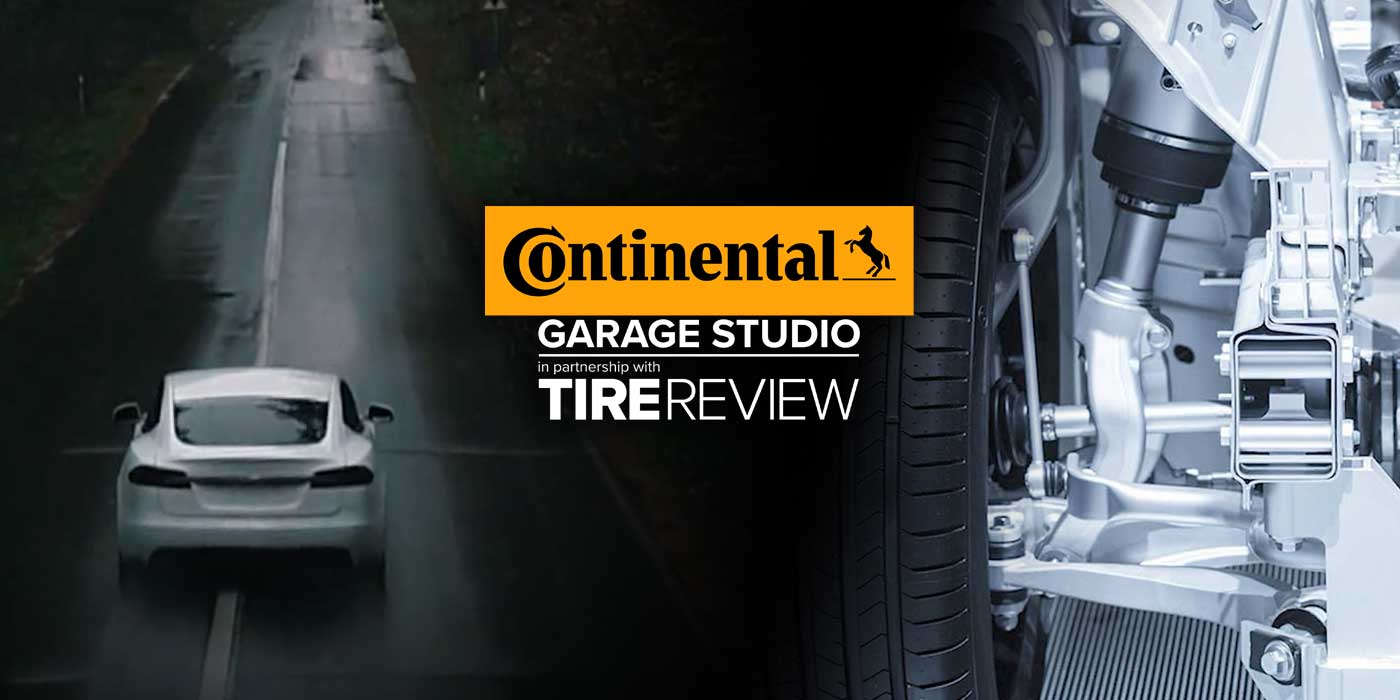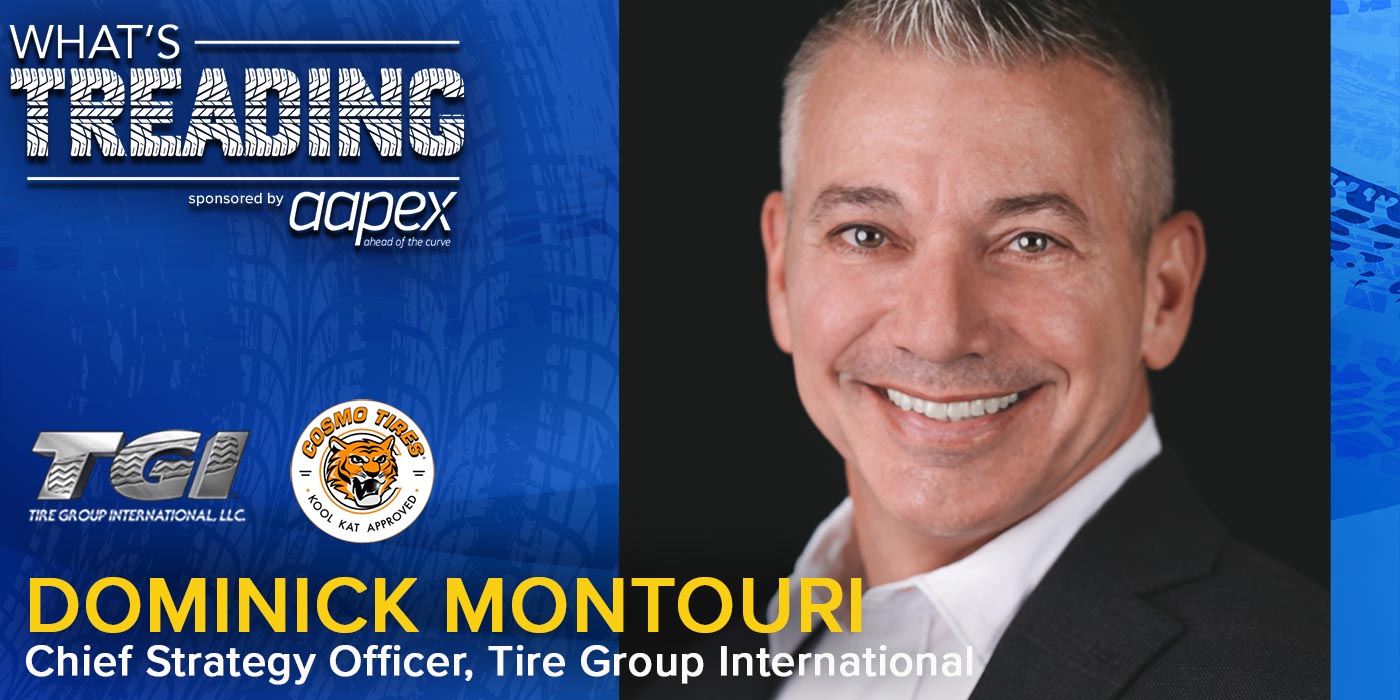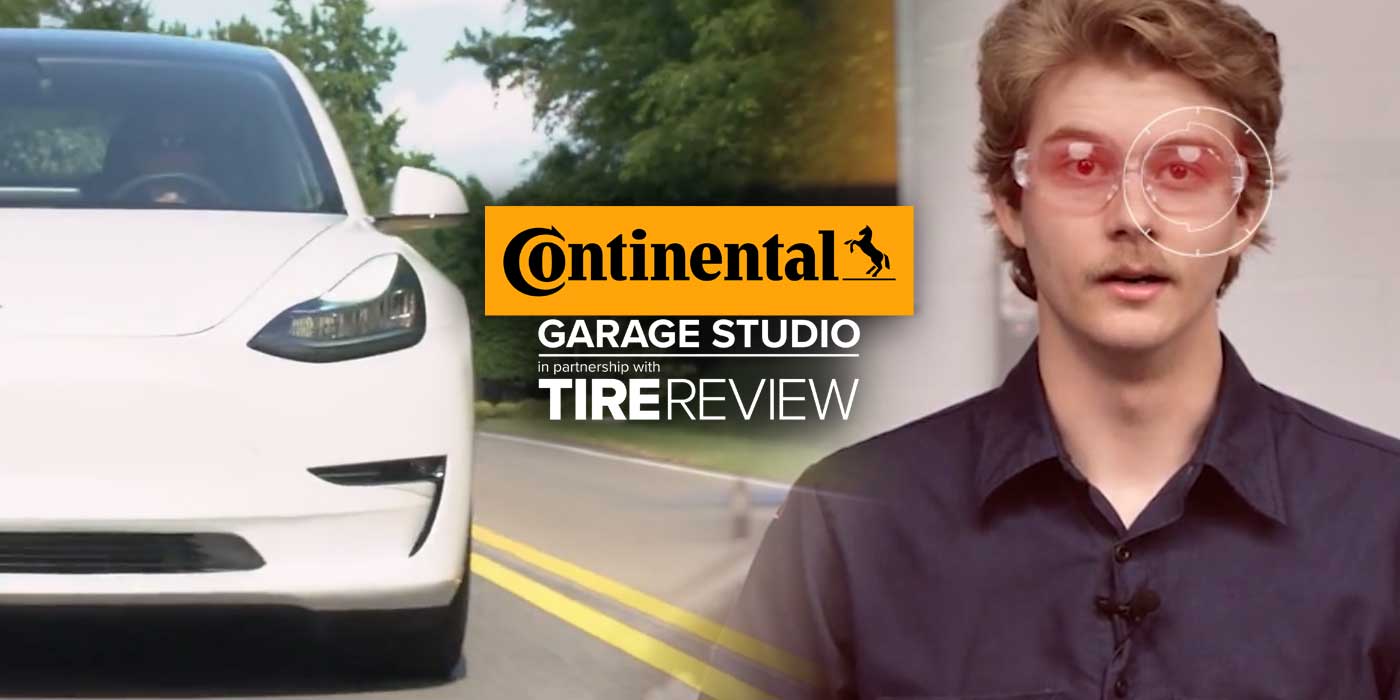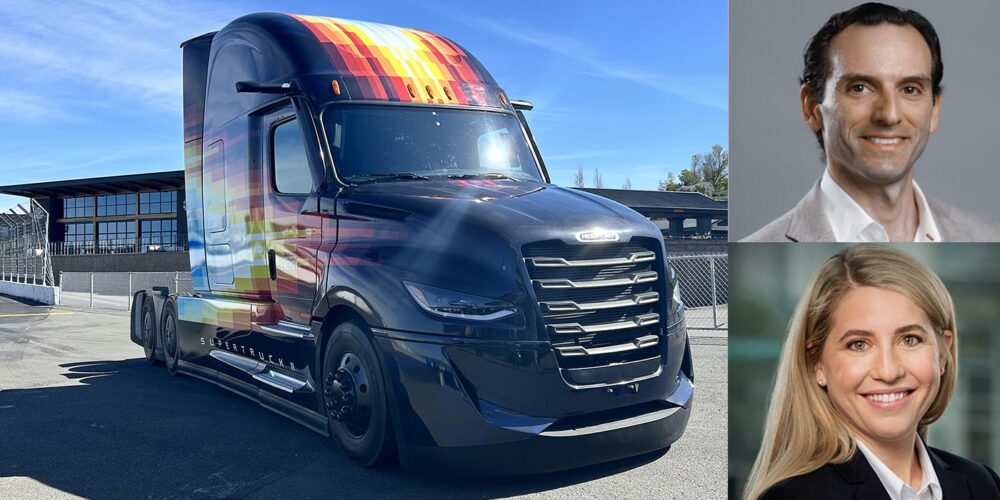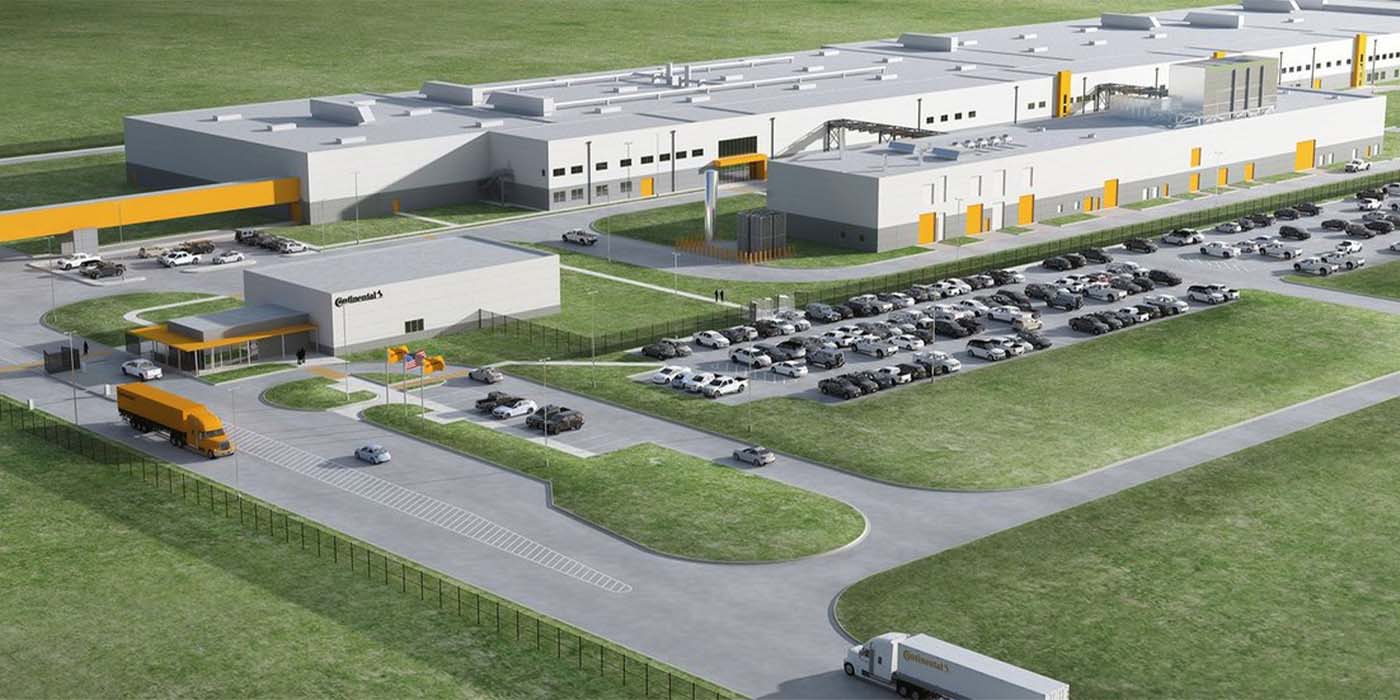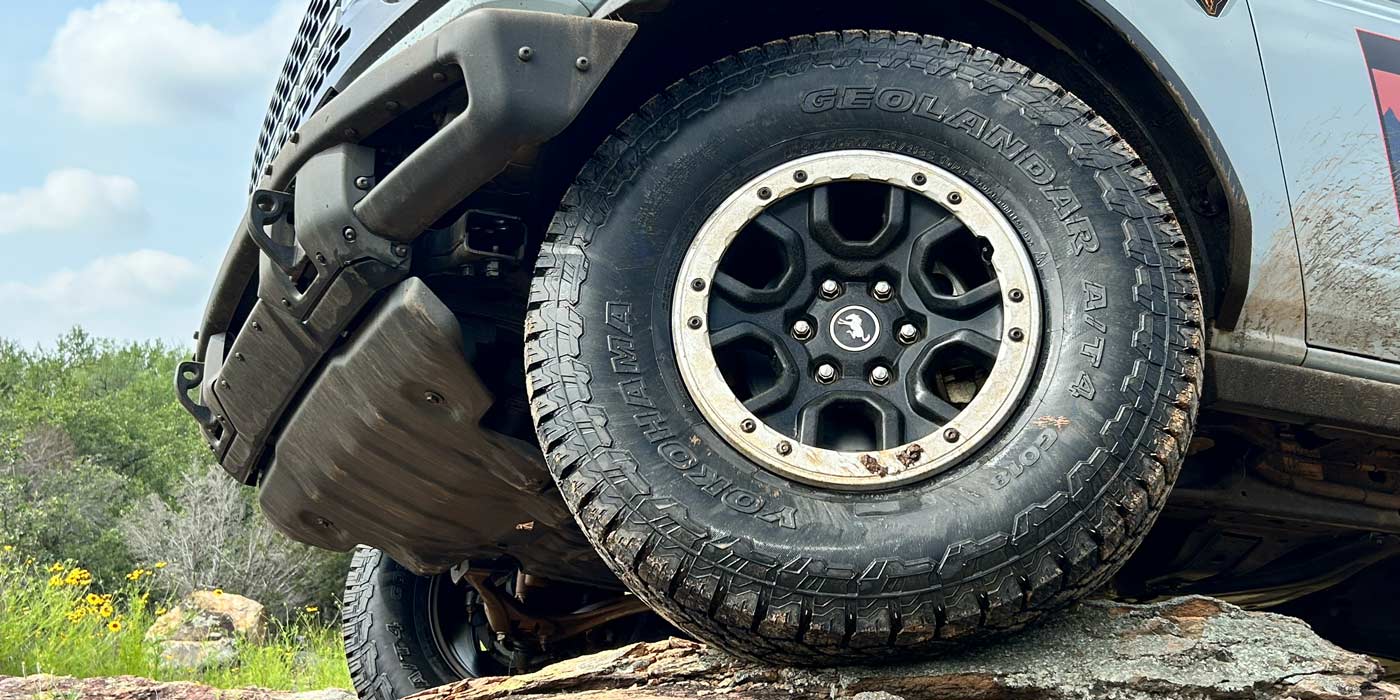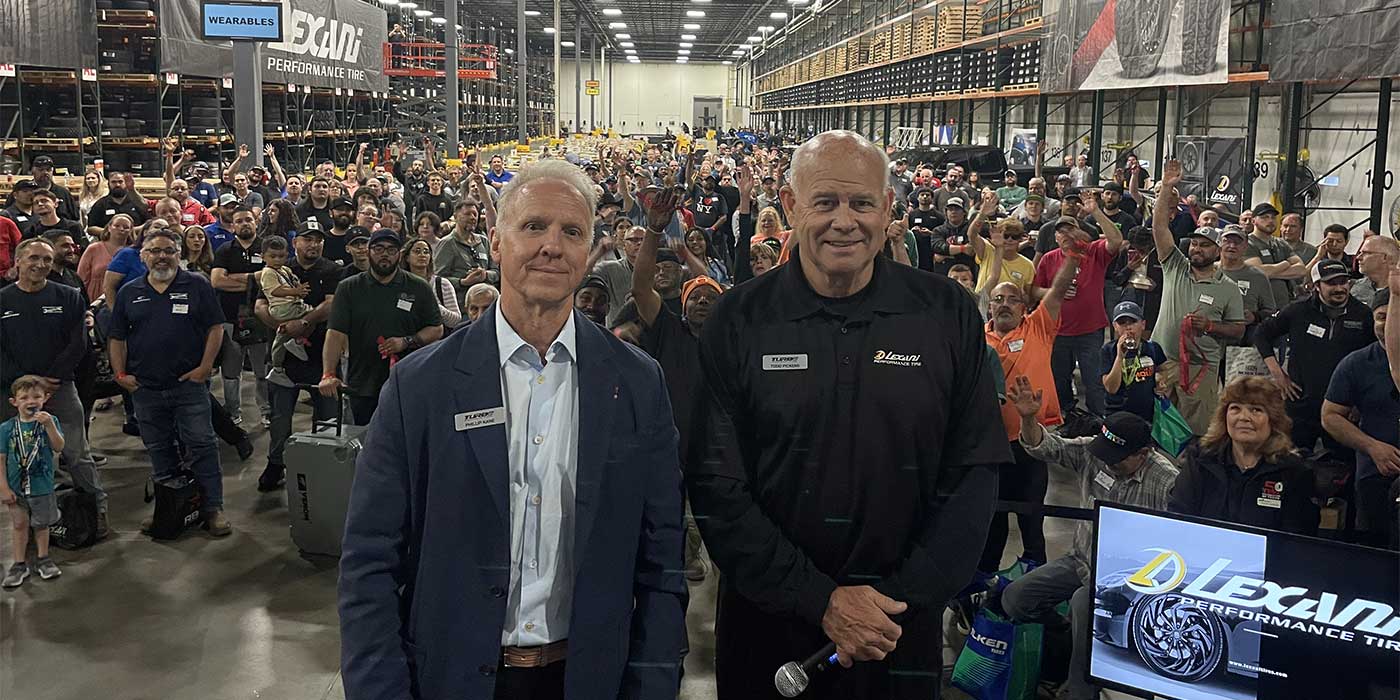In science class, we learned that energy can’t be created or destroyed, only transformed. With standard brakes, a vehicle’s motion energy is transformed into heat via friction, which dissipates into the air. Hybrids, on the other hand, capture kinetic energy through regenerative braking instead of losing it as heat. Let’s take a look at how hybrid-regen systems work.
Hybrids transform the energy they get from braking into electricity that gets saved in a box in the back as stored energy. That energy normally disappears as heat to recharge the hybrid system’s battery. Hybrids prioritize using regenerative braking, so the pedal acts more like an input to the ABS module requesting braking force rather than a direct hydraulic pressure request.
The hybrid system controllers then apply regenerative braking as required via the electric motor inside the transmission. More regen braking increases electrical generation but also provides a drag to slow down the vehicle. At lower speeds near stops, the friction takes over to stop the vehicle from rolling.
With regen handling most braking work, hybrids often wear out rear brake pads significantly faster. Under normal operation, hydraulic brake pressure comes from the ABS module’s electric pump motor, not the driver’s foot, providing a consistent pedal feel.
While regenerative braking systems provide efficiency benefits, the blending of hydraulic and electric braking can lead to customer complaints. Because the hydraulic system is not the lone provider of vehicle deceleration, how the system blends these forces can cause a customer to notice a change and become concerned.
Even when the driver thinks they are braking with the same force, small differences in speed or pedal pressure can change how much regen braking is utilized. So the rate of deceleration may vary between stops, but it’s normal for hybrid braking systems with multiple mechanisms.
While regenerative systems are effective, blending electric and friction braking can lead to some driver complaints or questions. At your shop, try to educate customers upfront about inconsistencies that may occur for hybrid regenerative braking.
Don’t forget to follow us on Instagram and Facebook and subscribe to our YouTube channel for more tire, service and shop operations videos.

